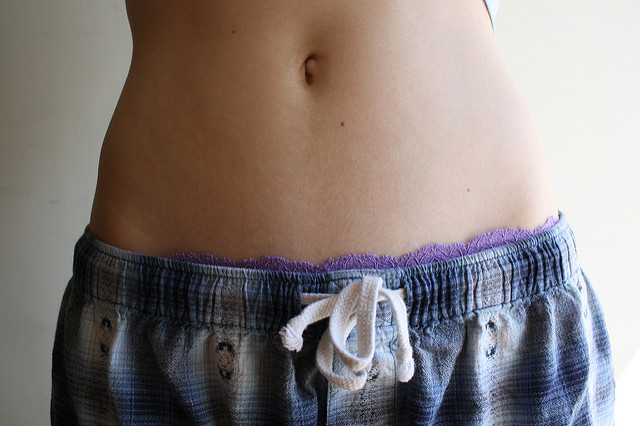Of all the parts of the human body, belly buttons tend to go unnoticed. Everyone has one, but it serves no obvious purpose and requires little to no maintenance. So, what is the significance behind having a belly button?
The belly button, also called the navel, is the site of fetal umbilical cord attachment during pregnancy. The umbilical cord is the tube or pathway that connects an unborn baby to the mother’s nutrient supply. Once the baby is born and can breathe, consume food, and expel waste independently, the umbilical cord is no longer necessary. After being cut, the cord leaves a small fragment that eventually falls out, resulting in a unique belly button. For this reason, belly buttons are sometimes compared to a scar.
Belly buttons are usually described in one of two ways: “innies” and “outies”. “Innies”, or belly buttons that are directed inward, are far more common than “outies”, slightly outward-protruding belly buttons. Belly button shape and direction is unpredictable, and depends on several factors that include muscle attachment, tightness of skin, and amount of fat in the abdominal region. The appearance of a belly button is permanent and unchanging except in the event of pregnancy, which can temporarily turn an “innie” outward in some cases.
You may have noticed that belly buttons do not involve upkeep or maintenance like most of the body. As a result, many types of bacteria exist within a belly button; however, these bacteria are not harmful unless an individual has a weak immune system or a skin infection. The variety of bacteria alters from person to person. Belly buttons, specifically “innies”, are known to accumulate lint or “fluff”. This residue, usually blue-gray in color, is made up of a completely harmless combination of clothing fibers, sweat, dead skin cells, and body hair. Women tend to find less lint because they have fewer hairs in and around the belly button. Generally speaking, a daily shower or bath is sufficient to keep your belly button clean.
Though nonfunctional after birth, the belly button remains an intriguing detail of our bodies. The bacteria inside provide substance for scientific study, and in a way, the belly button is a scar that represents the start of our independent existence in the world.
Feature Image Source: 095 by Max Charping










